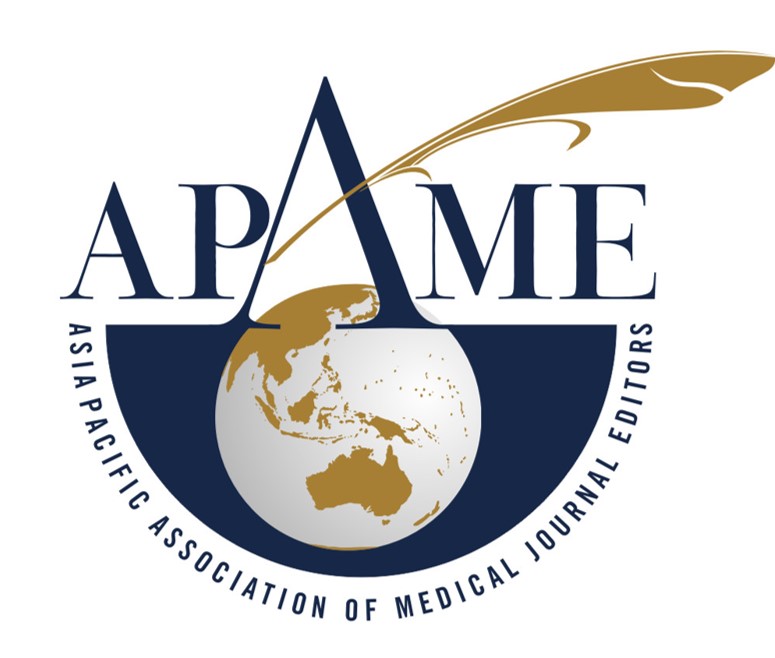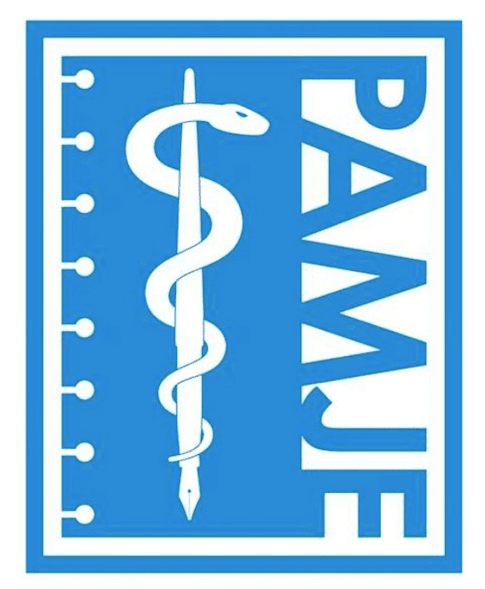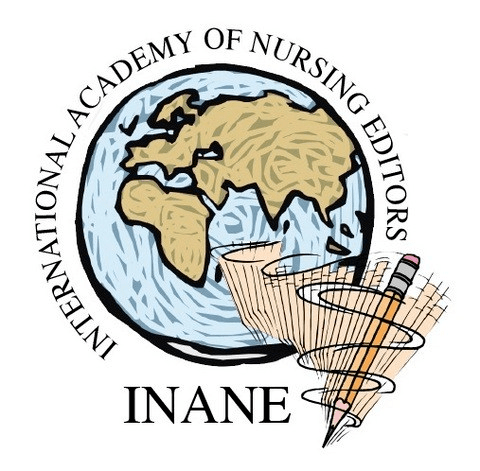Disaster Risk Reduction Knowledge among local people in a Selected Community in the Philippines
Abstract
Background: The Philippines has been classified as highly vulnerable to natural disasters. Hence, reinforcing the capacities of communities towards the risk and adverse impacts of natural hazards is essential in order to reduce vulnerability and manage disasters. The study assessed disaster-related knowledge including (1) disaster preparedness and readiness, (2) disaster adaptation, (3) disaster awareness, and (4) disaster risk perception of the local people in a selected community.
Methods: A descriptive-cross sectional study was utilized and a convenience sampling technique was used to select the 60 participants. The disaster risk reduction knowledge was assessed using the Disaster Risk Reduction Knowledge questionnaire. The gathered data were analyzed using frequency, percentage, mean, standard deviation and univariate linear regression.
Results: The study revealed that the local people in the selected community have good knowledge on disaster preparedness and readiness, disaster adaptation, and disaster awareness and fair knowledge on disaster-related knowledge and disaster risk perception. Further, age, sex, civil status, and education did not predict the level of disaster risk reduction knowledge.
Conclusion: The initiatives for disaster education in the Philippines are sufficient as evidenced by a good level of disaster risk reduction knowledge among the local people in the selected community.
Downloads
References
Abinales, N. (2002). In Times of Affliction: God and Preparedness are our Protection. Retrieved from: https://bit.ly/3i3pmu0
Beggs, J., Haines, V., & Hurlbert, J. (1996). Situational Contingencies Surrounding the Receipt of Informal Support. Social Forces, 75 (1), 201-222.
Blaikie, P., Cannon, T., Davis, I., & Wisner, B. (1994). At Risk: natural hazards, people’s vulnerability, and disaster. London, UK: Routledge.
Harmeling, S. & Eckstein, D. (2012). Global Climate Risk Index 2013: Who Suffers Most from Extreme Weather Events? Weather-Related Loss Events in 2011 and 1992 to 2011. Retrieved from: https://germanwatch.org/sites/germanwatch.org/files/publication/7170.pdf
Heijmans, A. & Victoria, L. (2001). CBDO-DR: Experiences and Practices in Disaster Management of the Citizens’ Disaster Response Network in the Philippines. Quezon City
Harris, K., Keen, D., Mitchell, T. (2013). When disasters and conflicts collide: Improving links between disaster resilience and conflict prevention. Retrieved from: https://www.odi.org/sites/odi.org.uk/files/odi- assets/publications-opinion-files/8228.pdf
Lynn, M.R. (1986). Determination and quantification of content validity. Nursing Research, 35, 382–385
Mileti, D. S. (2001). Disasters by Design. Washington D.C: Joseph Henry Press.
Onstada, P. A., Danesb, S. M., Hardmanc, A. M., Olsonc, P. D., Marczakc, M. S. & Heinsd, R. K. (2012). The road to recovery from a natural disaster: voices from the community. Community Development. 43(5), 566–580.
Quarantelli E. L. (1989). Conceptualizing Disasters from a Sociological Perspective. International Journal of Mass Emergencies and Disasters. 7, 243-251.
Saño, E.A. (2010). Primer on the Disaster Risk Reduction and Management (DRRM) Act of 2010. Retrieved from: https://bit.ly/2Yxv8wk
Soriano, G. P. & Calong Calong, K. A. (2019). Psychometric Evaluation of the Filipino Version of Patient Satisfaction Instrument. Belitung Nursing Journal, 5 (6), 251-256. doi:10.33546/bnj.867
Soriano, G. & Calong Calong, K. (2019). Construct Validity and Reliability of Caring Nurse-Patient InteractionScale-Nurse among Filipino Nurses. International Journal of Caring Sciences, 12(2),1017-1022
Soriano, G. (2019). Psychometric Evaluation of the Filipino Version of Caring Nurse-Patient Interaction Scale-Patient. International Journal for Human Caring, 23(4), 329-333. doi:10.20467/1091-5710.23.4.329
Tuladhar, G., Yatabe, R., Dahal, R., Bhandary, N. (2015). Disaster risk reduction knowledge of local people in Nepal. Geoenvironmental Disasters, 2:5. doi: 10.1186/s40677-014-0011-4
Twigg, J. (1999). The Age of Accountability? Future Community Involvement, in: Disaster Reduction. Australian journal of Emergency Management, 14(4), 51-58
United Nations University - Institute for Environment and Human Security (2011). World Risk Report 2011. Retrieved from https://collections.unu.edu/eserv/UNU:2046/WorldRiskReport-2011_online_EN.pdf
UNISDR (2009). UNISDR Terminology on Disaster Risk Reduction, United Nations International Strategy for Disaster Reduction (UNISDR), Geneva.
Victoria, L. (2003). Community-based disaster management in the Philippines: making a difference in people's lives. Philippine Sociological Review. 51, 65-80.
Wyeth, Vanessa (2011). Peacebuilding at the UN over the last 10 years, Working Group on Peace and Development (FriEnt), Bonn.
Zubir, S. & Amirrol, H. (2011). Disaster risk reduction through community participation.WIT Transactions on Ecology and The Environment. 148, 195-206. doi: 10.2495/RAV110191
Copyright (c) 2020 Journal of Health and Caring Sciences

This work is licensed under a Creative Commons Attribution-NonCommercial 4.0 International License.


.png)





